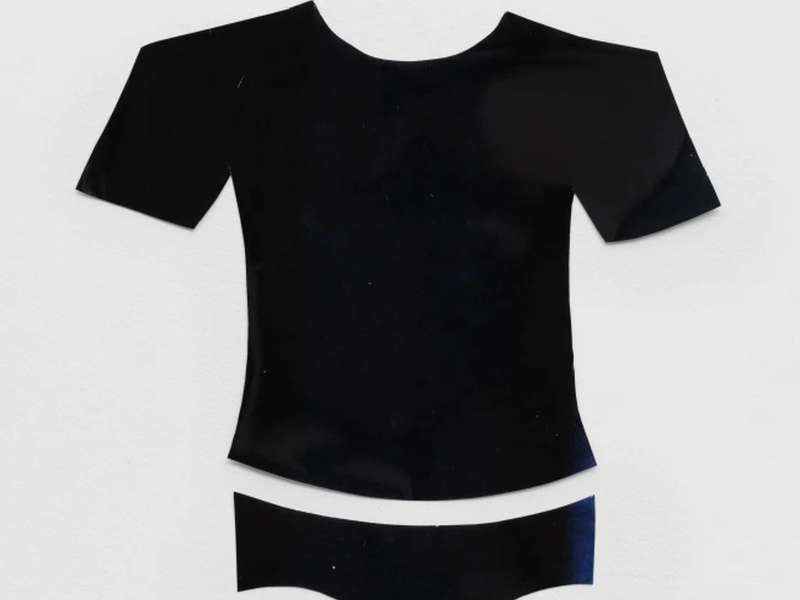
Jimmy Robert, the body, the memory
With The Erotics of Passage, Jimmy Robert proposes an experience that involves body, object, image and text, in an exhibition path where memory becomes a performative and visual moment that invites the spectator to confront his own perception of time, body and identity.
阅读更多